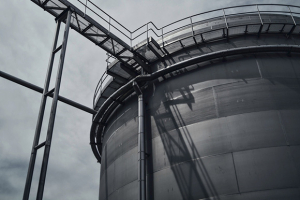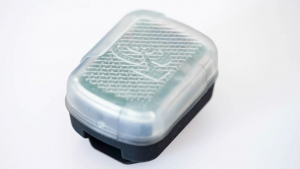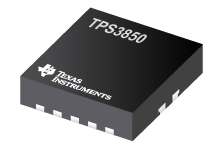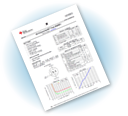The dangers of not meeting health and safety regulations
9th October 2019
Source:
DuroVac
.jpg)
Keeping employees safe and healthy requires knowledge of industrial hygiene, which involves recognising, evaluating and controlling environmental stressors in the workplace. Businesses without an organised or dedicated approach to industrial cleanliness will be at greater risk of injuries and illnesses, which, in turn, will have detrimental effect on the overall wellbeing of workers too.
By Anh-Tai Vuong, President, DuroVac
The best way to protect your workers from improper industrial cleanliness, is to anticipate health and safety concerns before they occur.
Here are a few key risks to consider, and the necessary solutions to prevent them from happening:
List potential hazards
- Discuss the hazards caused by improper industrial hygiene such as poor air quality and biological and chemical hazards.
- Identify which job roles and industries are most at risk?
Assess the risks
- Determine when to complete necessary risk assessments to identify the hazards associated with each role.
- Ensure the level of detail in a risk assessment is proportionate to the risk.
- Make sure control measures for industrial hygiene are maintained, tested and examined regularly (e.g.: COSHH assessments, inspection reports, maintenance records).
Put safe working practices in place
- Select the best industrial hygiene products for the needs of your workplace (e.g.: industrial vacuums for heavy duty cleaning etc).
- Identify important procedures required when having facilities professionally cleaned.
The importance of training
- Create training tips to help those responsible for your company’s industrial hygiene spot and eliminate any potential hazards.
- Identify best practices to monitor performance after training to assess if industrial hygiene has improved and if risks decrease compared to previous years.
Similar articles
More from DuroVac
- The dangers of not meeting health and safety regulations 9th October 2019












Write a comment
No comments